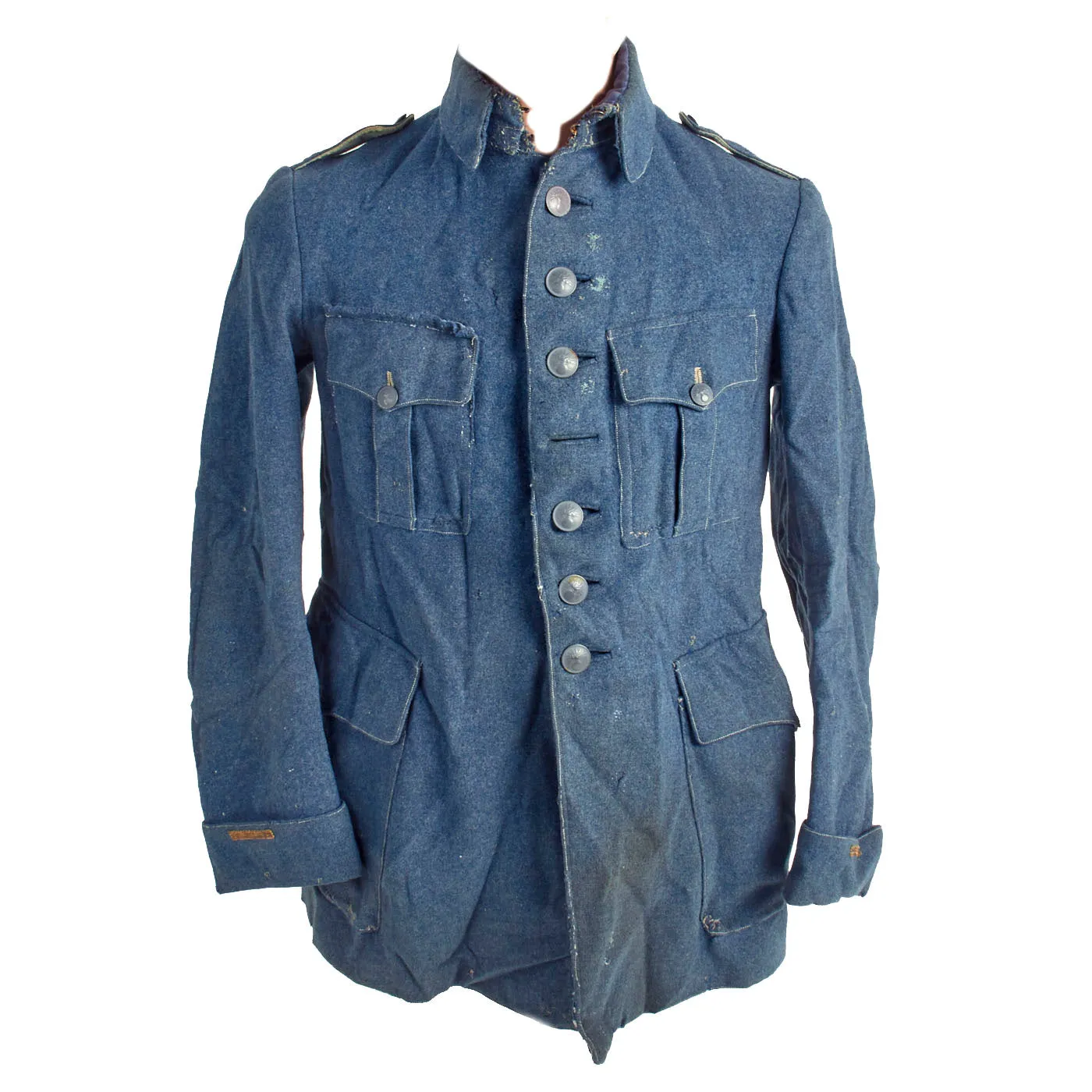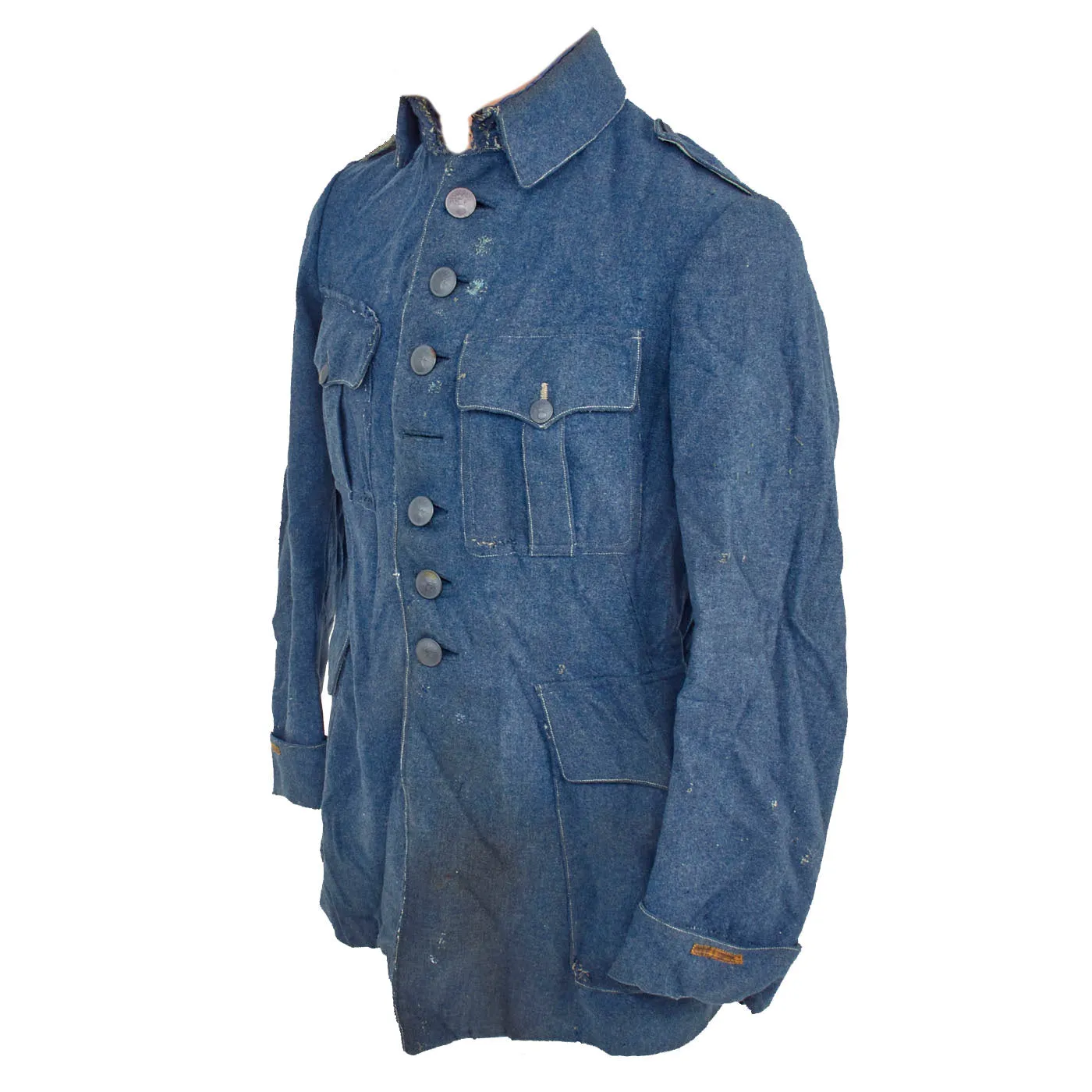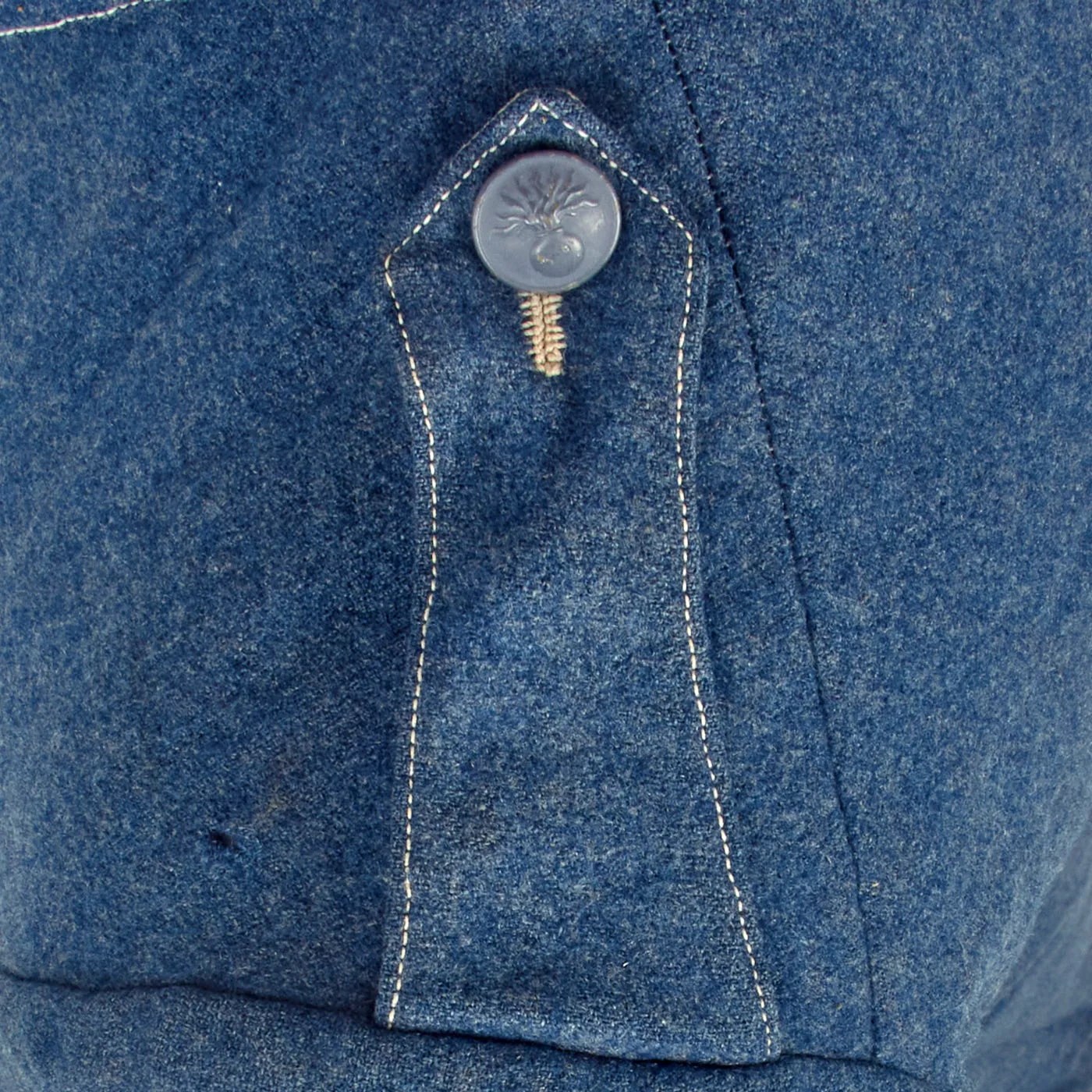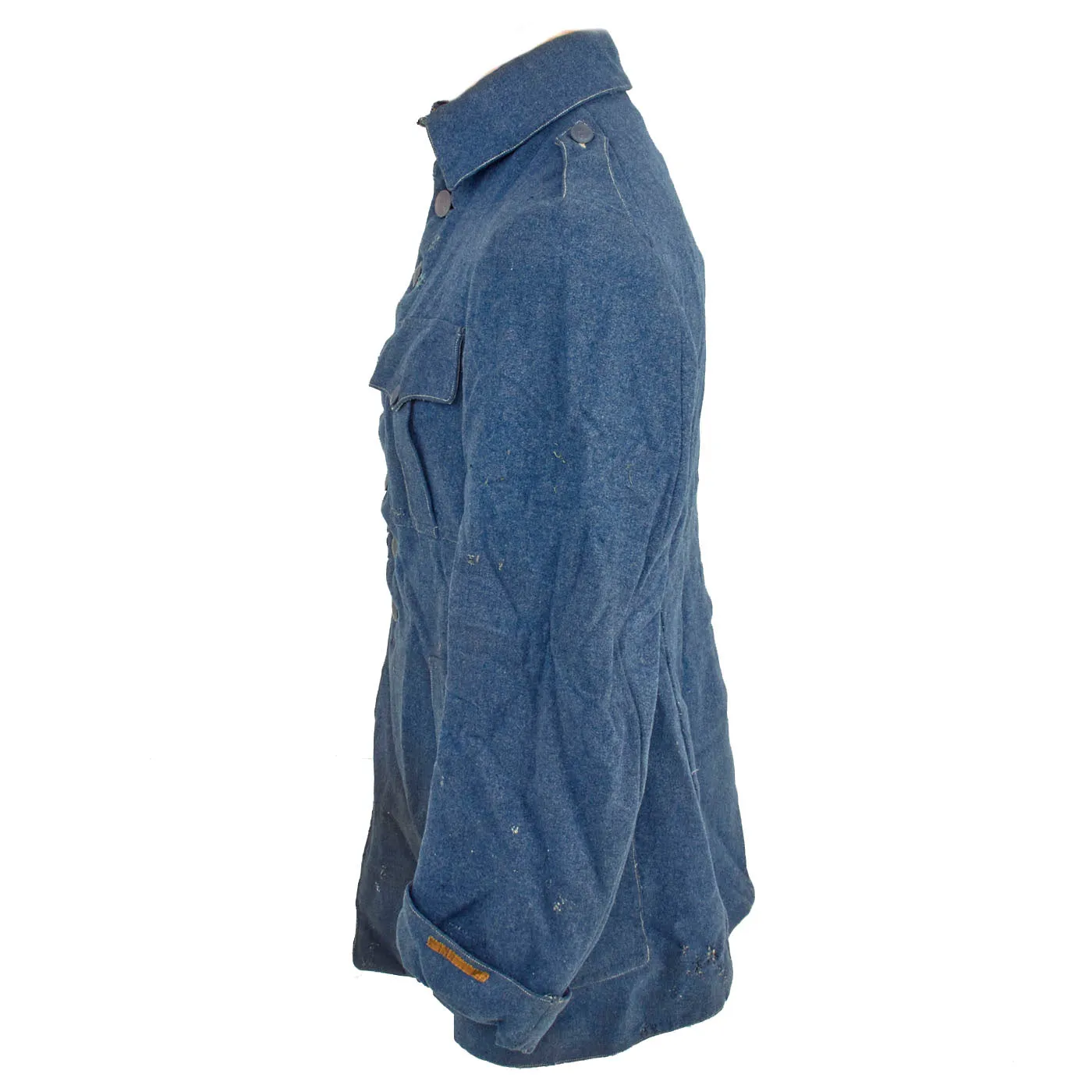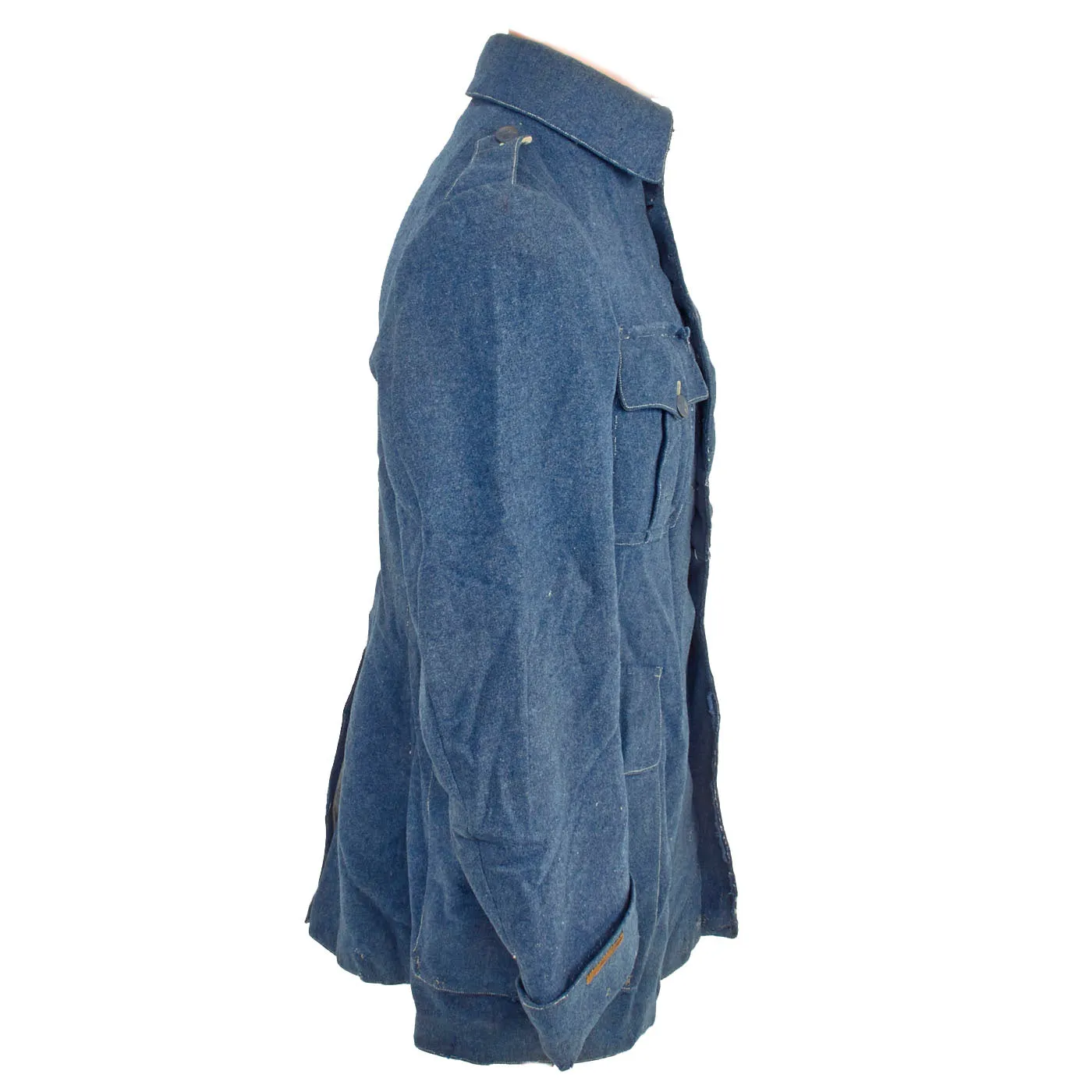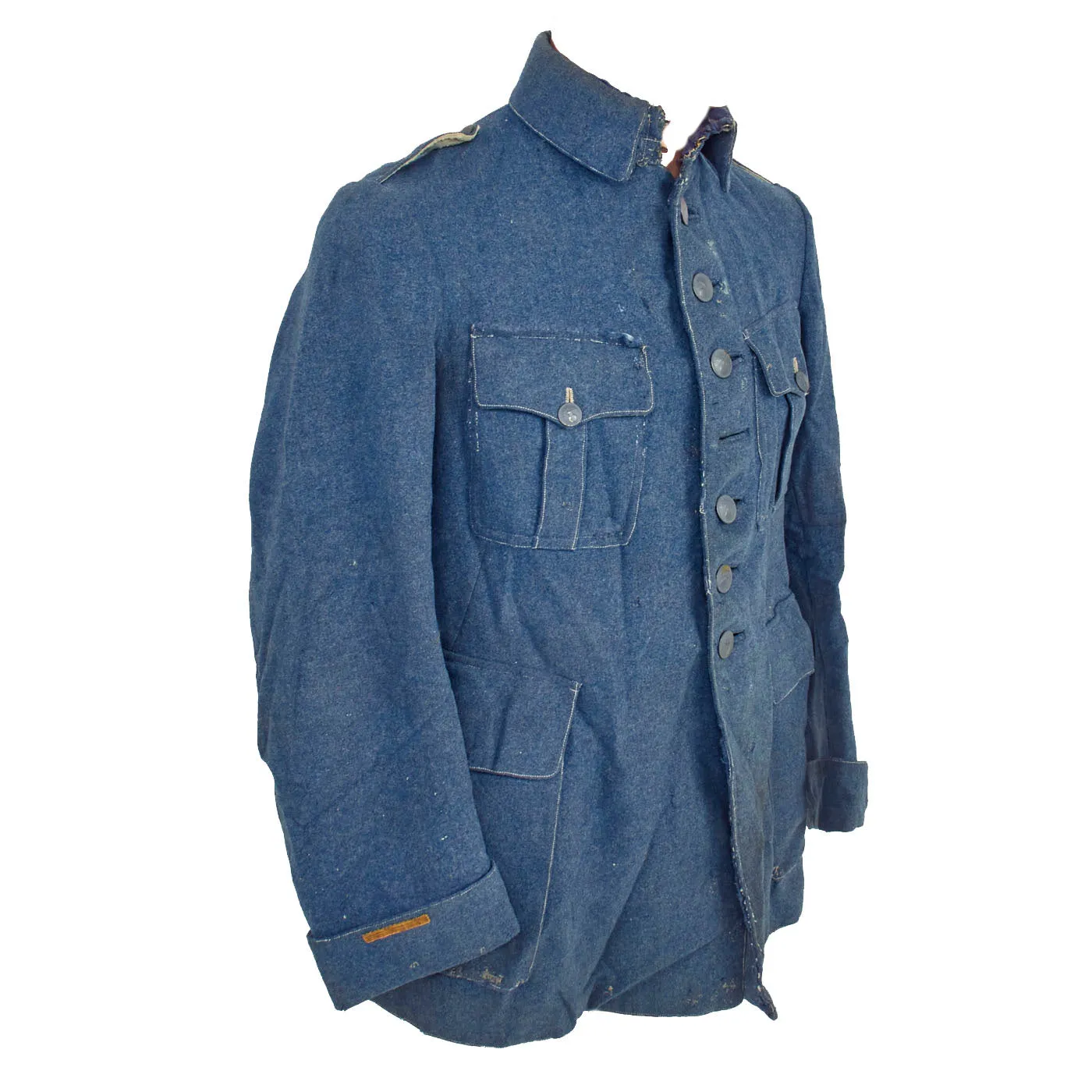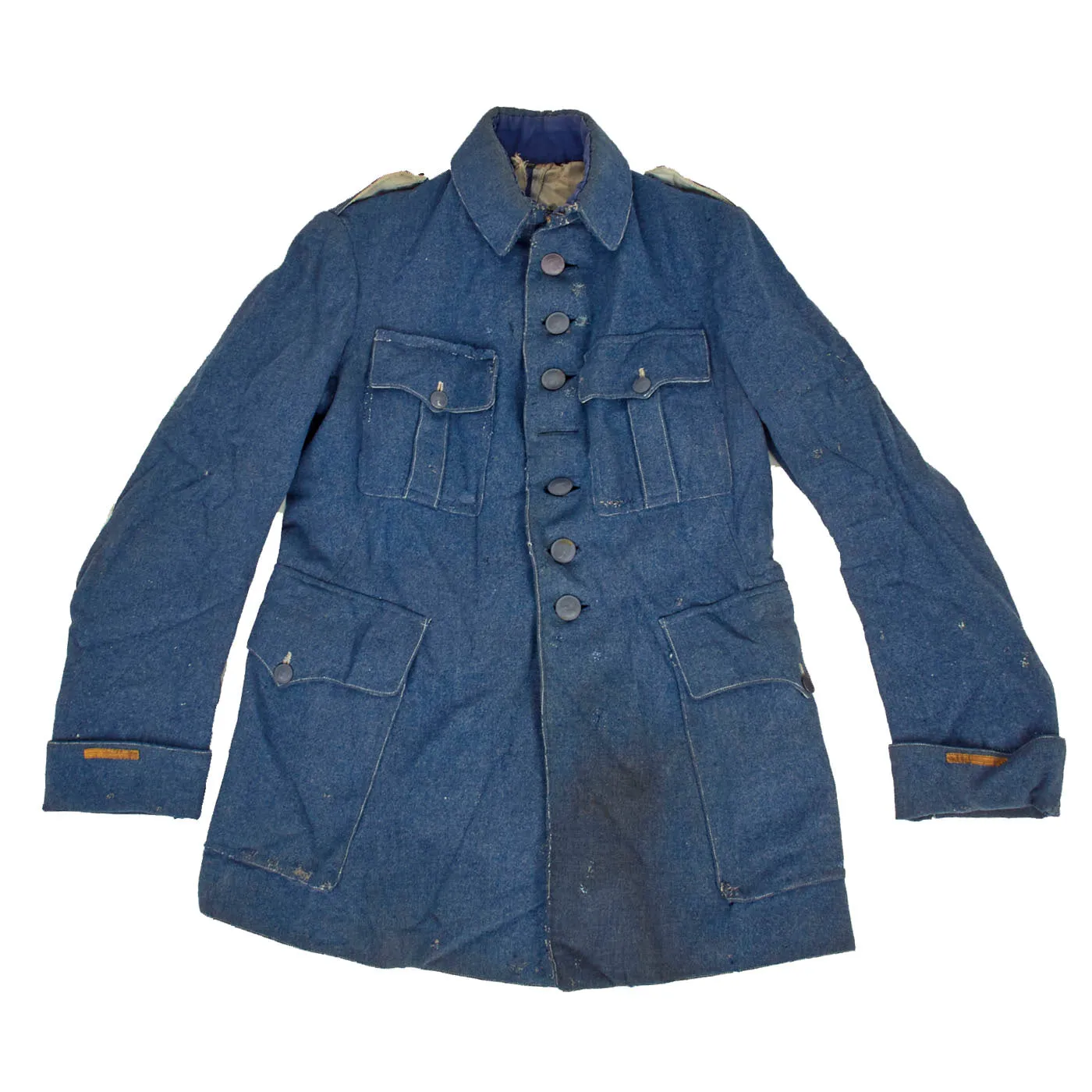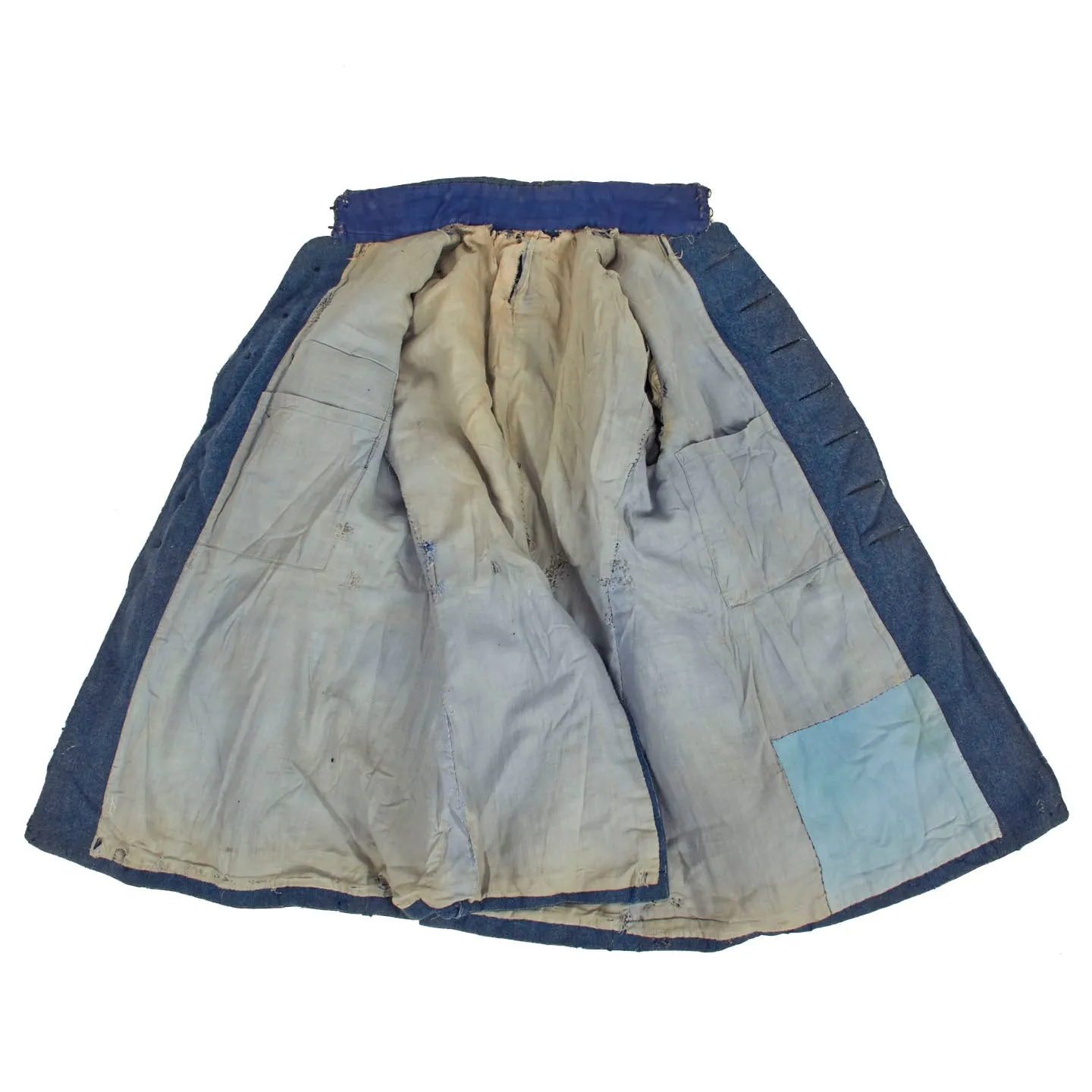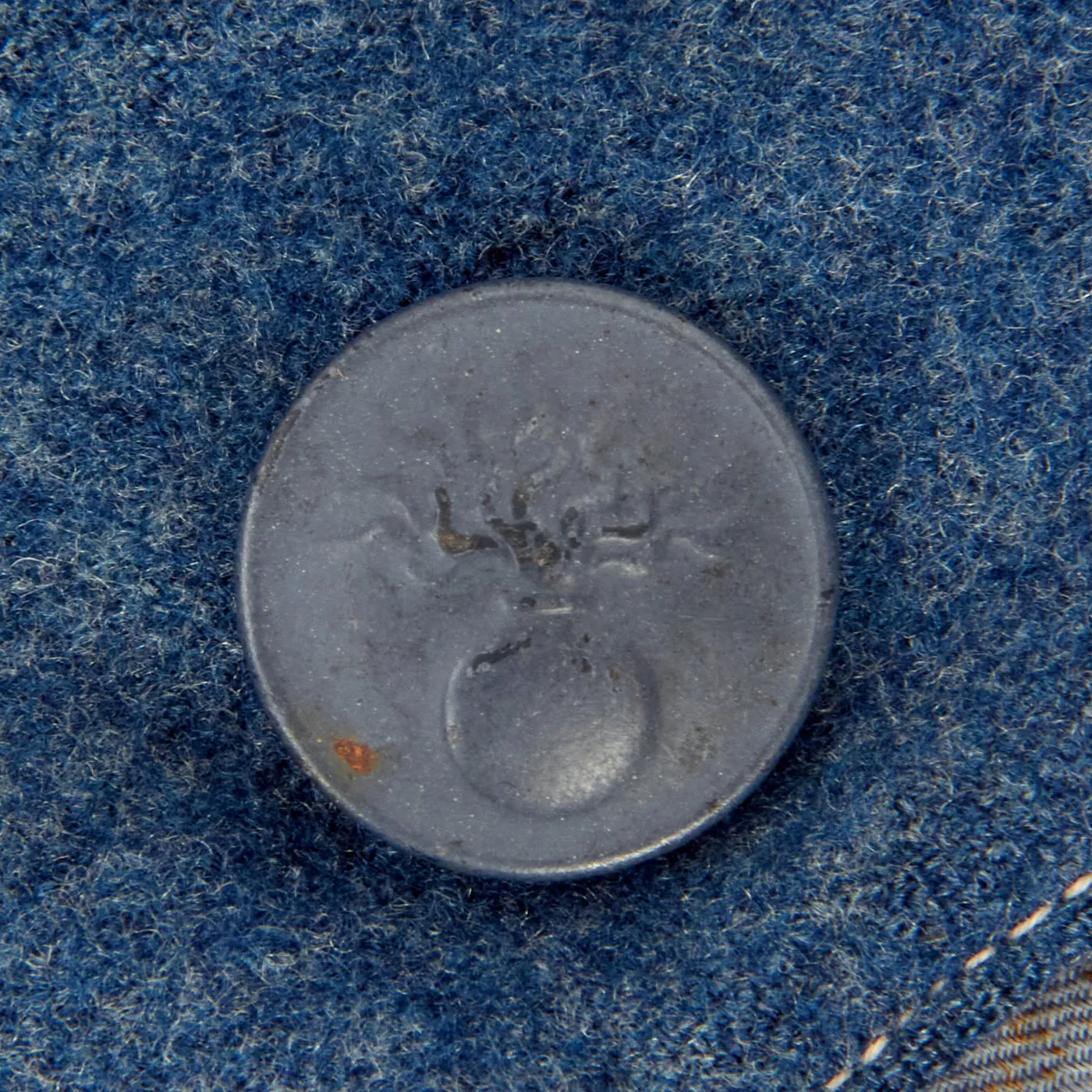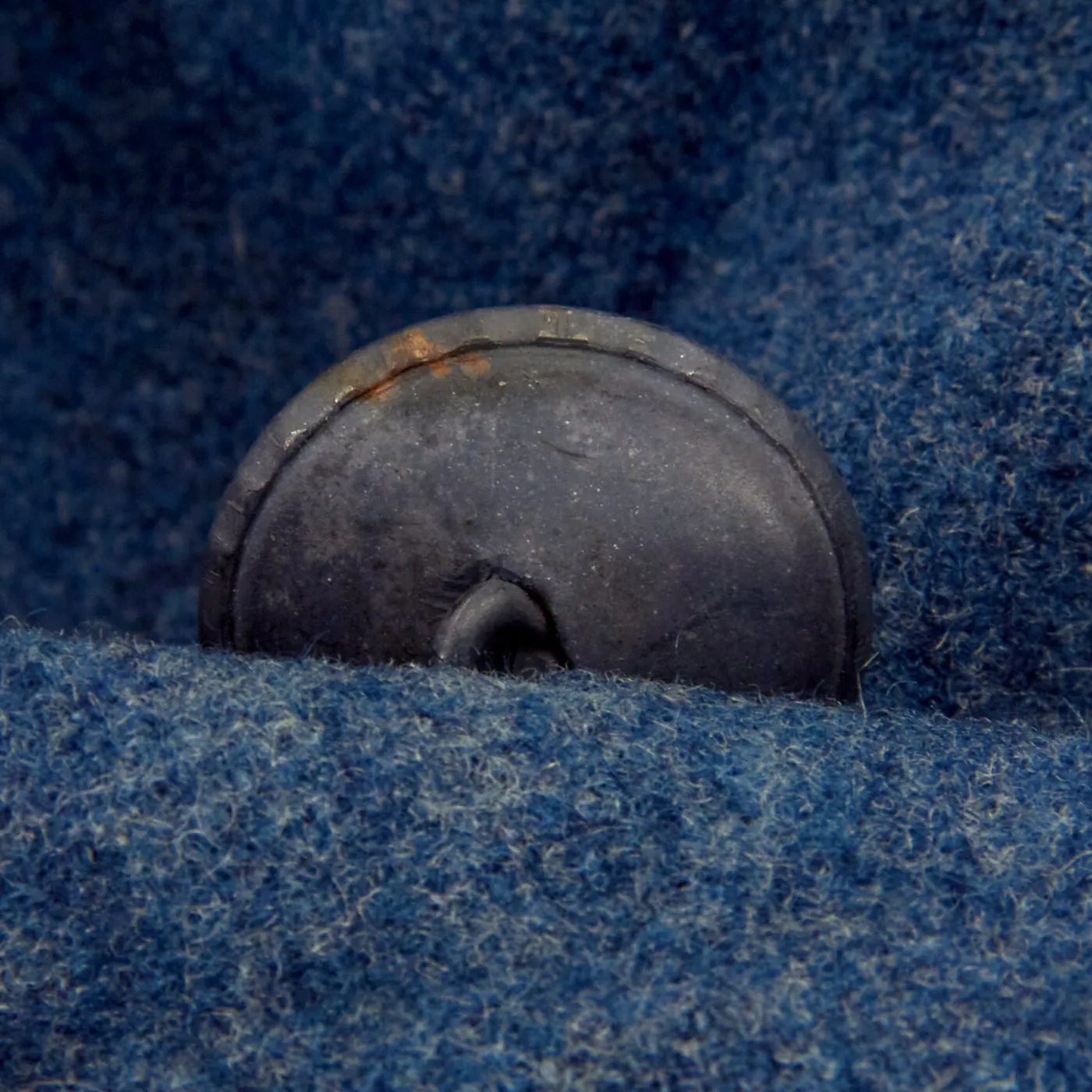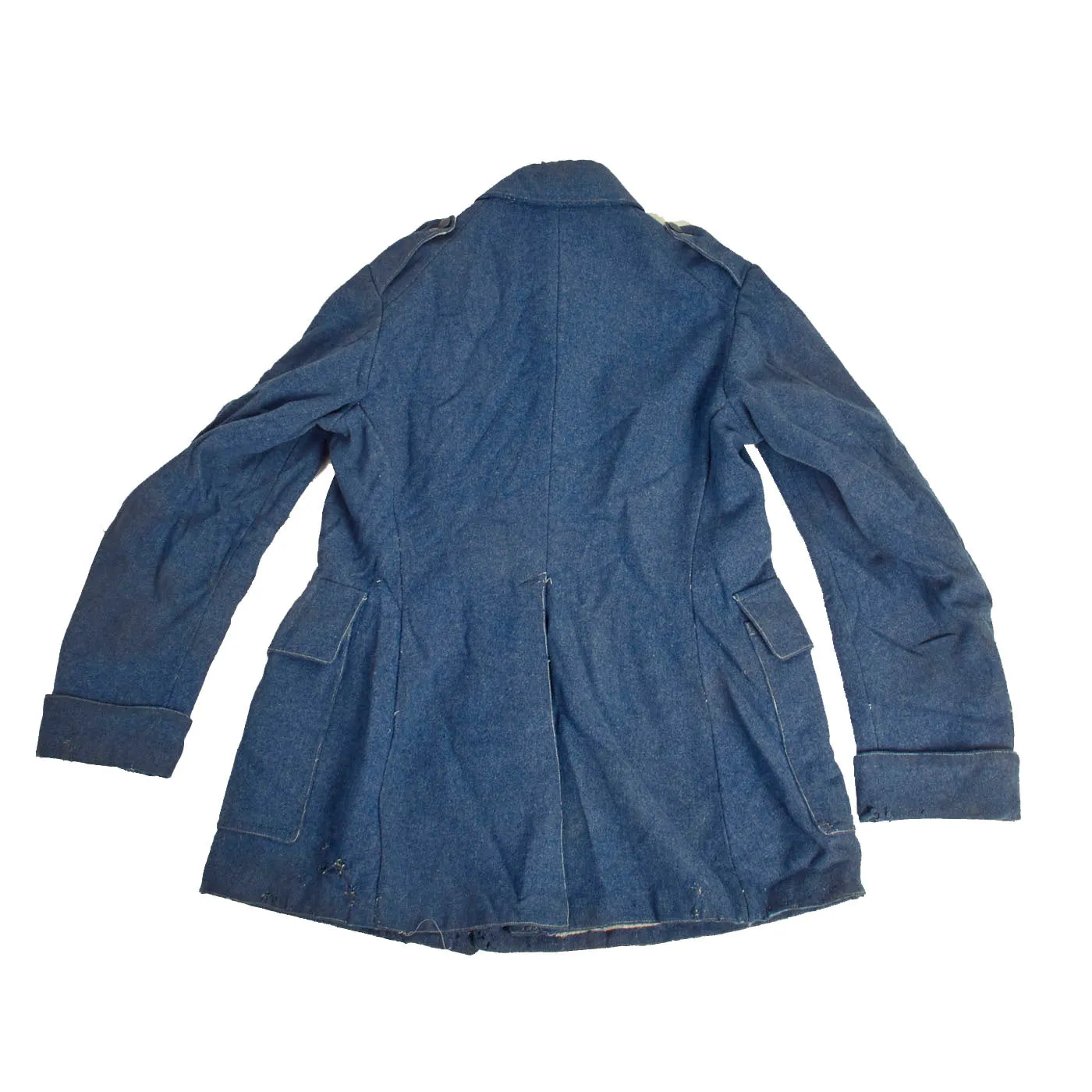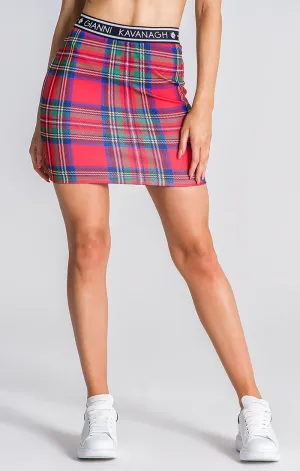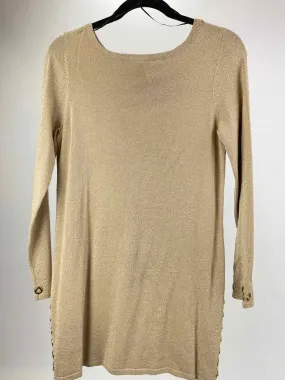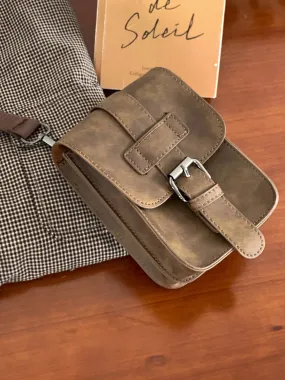Original Item: Only One Available. At the outbreak of war the French Army retained the colorful traditional uniforms of the nineteenth century for active service wear. These included conspicuous features such as blue coats and red trousers for the infantry and cavalry. The French cuirassiers wore plumed helmets and breastplates almost unchanged from the Napoleonic period. From 1903 on several attempts had been made to introduce a more practical field dress but these had been opposed by conservative opinion both within the army and amongst the public at large. In particular, the red trousers worn by the infantry became a political debating point. Adolphe Messimy who was briefly Minister of War in 1911-1912 stated that "This stupid blind attachment to the most visible of colours will have cruel consequences"; however, in the following year, one of his successors, Eugène Étienne, declared "Abolish red trousers? Never!"
In order to appease traditionalists, a new cloth was devised woven from red, white and blue threads, known as "Tricolor cloth", resulting in a drab purple-brown color. Unfortunately the red thread could only be produced with a dye made in Germany, so only the blue and white threads were used. The adoption of the blue-gray uniform known as "horizon-blue" because it was thought to prevent soldiers from standing out against the skyline, had been approved by the French Chamber of Deputies on 10 July 1914 but was not issued until later on.
Horizon blue is a color name which is well remembered because it was used for the blue-gray uniforms of French metropolitan troops from 1915 through 1921.
This name for a shade of blue which refers to the indefinable color which separates the sky from the earth, had been previously used in the world of fashion, and has been since then. It had also served as an emblem of political groups prevailing upon the army of the Great War.
This heavy wool tunic is in lovely, field used condition with various field repairs done to it as well as what appears to be post war repairs. The buttons still retain their original finish but unfortunately only six of the seven buttons are present. The lower sleeve cuffs feature a lovely single gold rank stripe indicating that this was once worn by a 2nd Lieutenant in the French Army. The tunic appears as “rough” but you have to keep in mind that the French, as well as the rest of the word, had fought a long and brutish war in their backyards. Resupplies were cut off, ambushed and attacks were always present and they were unable to acquire new items so the soldiers would have to repair and reuse what they already had, and this is a great example of that.
This is a lovely tunic that comes more than ready for further research and display.
Approx. Measurements
Collar to shoulder: 10”
Shoulder to sleeve: 24.5”
Shoulder to shoulder: 16”
Chest width: 17.5”
Waist width: 18”
Hip width: 22”
Front length: 31"




